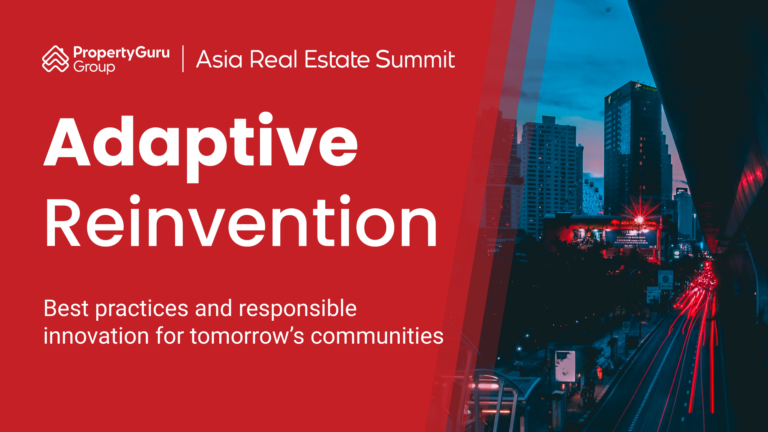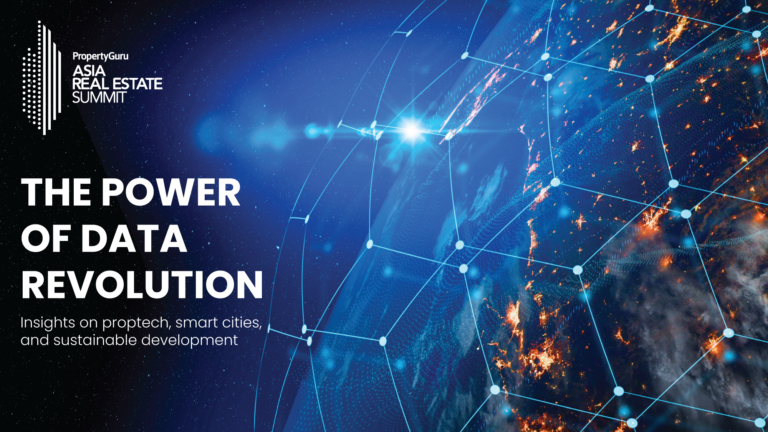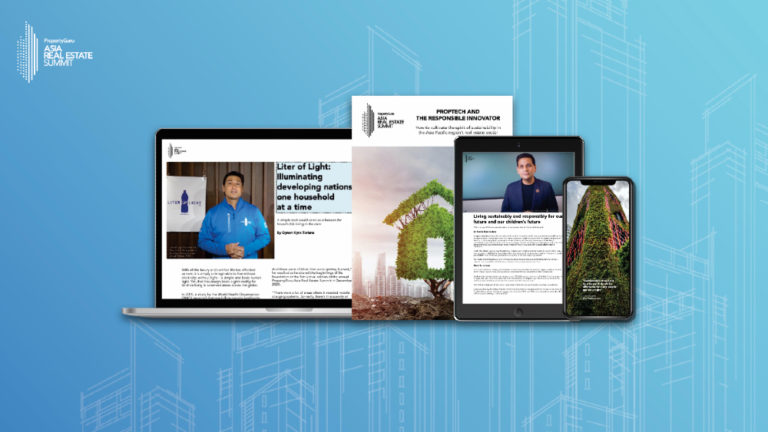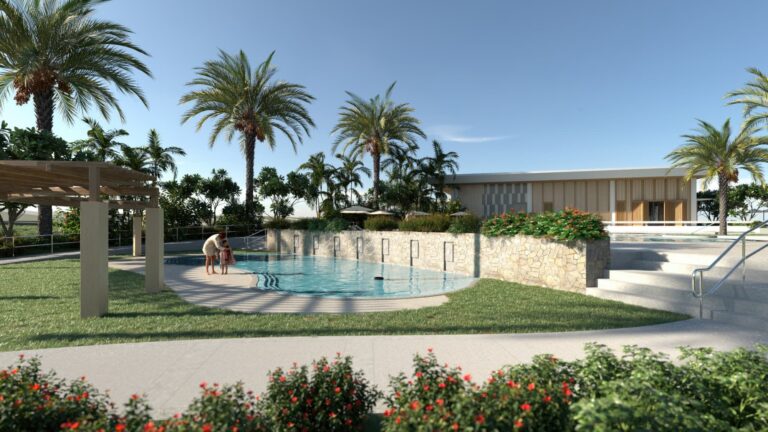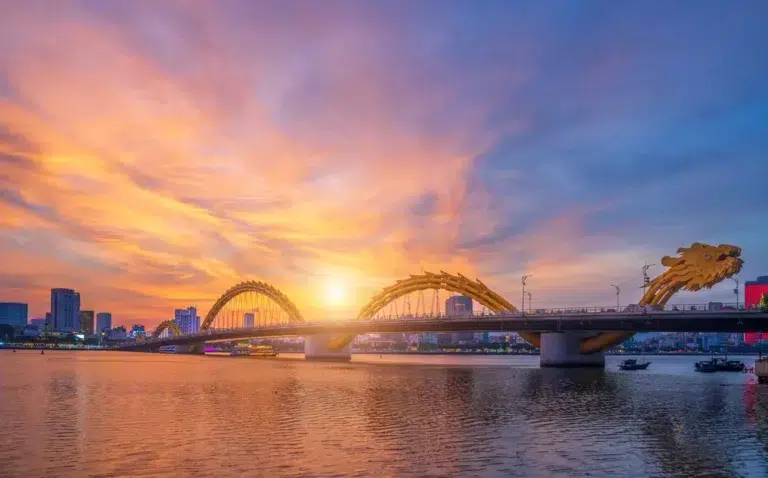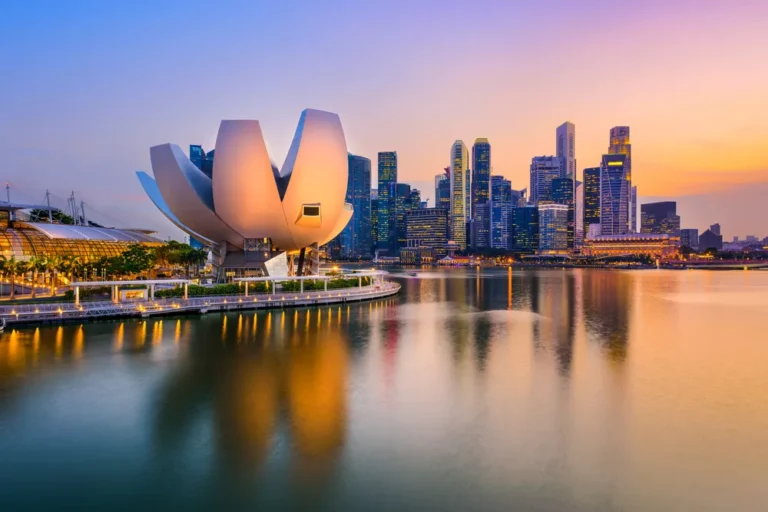Navigating the new era with a focus on sustainable development and long-term strategic planning
This article is based on the Chairperson’s Message at the PropertyGuru Asia Real Estate Summit originally presented on 8 December 2022.
Aligning current assessments with both tactical and strategic planning is the only pathway to assured outcomes
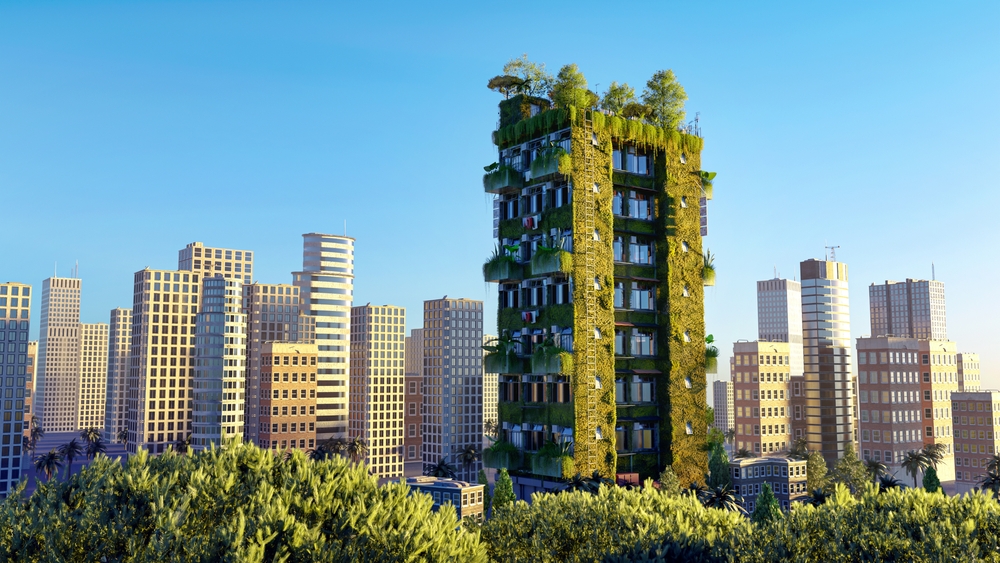
During our Asia Real Estate Summits, we explore the dynamic challenges and opportunities for the sector. It is the real estate sector that either constrains or liberates society’s ability to harness and respond to the new era.
The choices our industry makes lead to outcomes that last for generations. The very significant impact of the real estate sector, in terms of the key indicators for energy and carbon emissions, are well established.
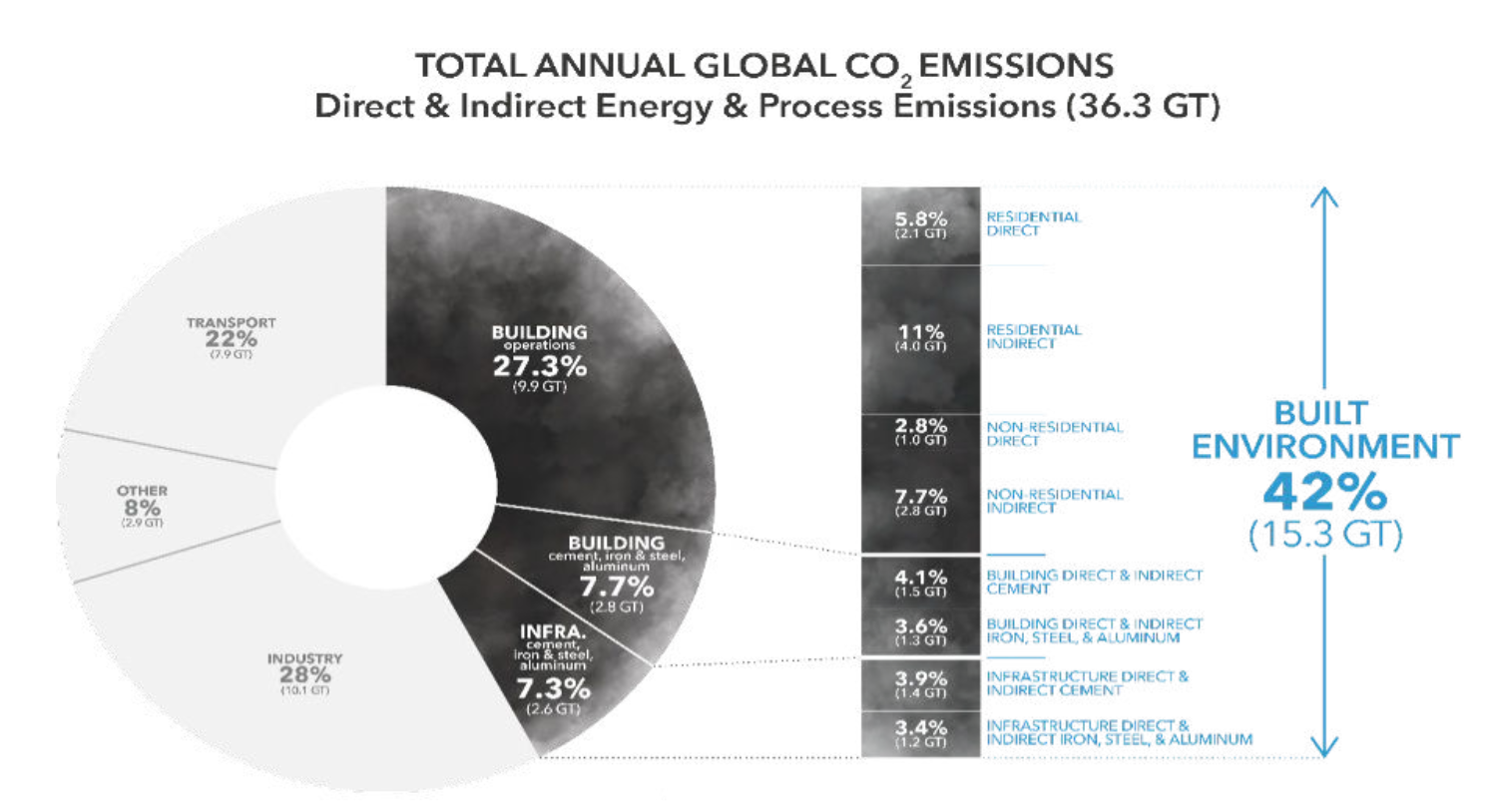
CO2 emissions are an indicator of the overall sustainability agenda. Despite the focus of the real estate sector, other sectors, and leaders all around the world on reducing CO2 emissions, they continue to rise without abatement.
What is sustainability?
There are many definitions and references regarding sustainability. Some refer to the original 1987 Brundtland definition: “meeting the needs of the present without compromising the ability of future generations to meet their own needs.” Others might refer to the 2015 UN Sustainable Development Goals (SDGs). Ultimately, the meaning of sustainability continues to evolve — and that is great.
Sustainability can be categorised into four main pillars: environment, human, social, and economic. All are interwoven and significantly overlap in many ways. This necessitates a holistic consideration of all four pillars at all times. Approaching assessments, reviews, strategies, planning, and implementation actions from these perspectives ensures optimised outcomes and maximum value are achieved.
Immediate tactical planning, where the focus on overall long-term strategy is diminished or lost, is often driven by organisations prioritising immediate financial outcomes. This emphasis is frequently tied to monthly reporting or other financial indications, such as share price. Additionally, a focus on yearly financial reporting typically reduces attention to meaningful outcomes concerning longer-term financial outcomes, i.e., in overall financial sustainability. Similarly, progress on the other three pillars of sustainability — environmental, human, and social — is not substantially achieved as intended. Clearly, long term, value-based strategies are required for all organisations.

However, organisations, both public and private, typically formulate strategies for the relative short term, often in the form of 5-year plans, 2030 plans, etc. Many of these, however, are not really strategic; rather, they are little more than an outlook – simple statements of intention.
Aligning current assessments with both tactical and strategic planning is the only pathway to assured outcomes. Any other approach is extremely risky. Having a plan for the long term does not hinder future agility or change. Failing to have a long-term plan abandons real strategy, resulting in reliance solely on tactics. Strategic, value-focused planning is particularly essential in the real estate sector where assets are inherently created for the long term.

The pendulum continuous to swing towards Asia, and this has been ongoing for a considerable time. The certainty that this momentum will continue for decades is outlined in this white paper. However, what remains unknown is which places, countries, regions, cities, or individual companies will rightfully recognise the vast opportunities, orientate themselves, and navigate most successfully. Currently, there is no widely published information, from any place, country, or company, indicating distinct factors within Asia that might define ‘stand-out’ outcomes in this new era. This lack of information is surprising — and very exciting.
The surprise lies in the fact that the fundamentals defining this new era are already known. These fundamentals are encapsulated within the four pillars of sustainability, and these pillars define the pathways to immediate value as well as long-term success:
Environmental
The disconnect between our day-today activities and the environment is no longer acceptable, and environmental sustainability is now the largest driver of growth and innovation globally.
Human
Emphasising human capital and prioritising the individual are essential for achieving excellence. A human focus on sustainability is essential for every country in the world, especially Asia where historical trends have seen individuals leaving their countries, resulting in an overall negative net migration in the region. As highlighted throughout this white paper, this presents a major challenge and opportunity for the region.
Social
Social sustainability encompasses the concept of sustainable development as defined by the United Nations’ Sustainable Development Goals. As covered in this white paper, the extraordinary dynamics in all aspects of our societies are affected in this new era. The impact on the real estate sector and the greatest opportunities are in the Asia Pacific region.
Financial
Financial outcomes cannot be set aside when considering overall sustainability. Without successful outcomes on the other sustainability pillars above, it’s impossible to achieve financial sustainability. However, without financial sustainability, nothing can be achieved. This is not a circular relationship; it is one of interdependency. This highlights the interconnectedness of all four pillars of sustainability collectively.
Ignoring sustainability in response to all the dynamics outlined in this white paper is not merely high risk; it is disastrous.
However, and this is very exciting, the rewards for the regions, countries, cities, organisations, and individuals that view all these dynamics as opportunities, with appropriately weighted strategies for environmental, human, social, and financial sustainability, will undergo a transformative and exceptional change.
The aim of the PropertyGuru Asia Real Estate Summit (ARES) every year is to educate, innovate, and inspire. ARES brings together thousands of individuals from governments, non-profits, corporate organisations, and SMEs to uncover and explore the most pressing issues in the sector.
This article was originally published on ARES White Paper Volume 3. For more information, visit AsiaRealEstateSummit.com or email [email protected].
Recommended
ARES Whitepaper Volume 4: Powering communities – The catalysts of urban evolution
Fresh perspectives on sustainability, lifestyle, and design shaping the future of real estate
ARES White Paper Volume 3: The era of adaptive reinvention
Pioneering sustainable and innovative practices in urban development
ARES White Paper Volume 2: Unravelling the power of data revolution in real estate
Insights on proptech, smart cities, and sustainable development
ARES Digital White Paper Volume 1: The fundamentals of responsible building
Green and climate heroes join forces to discuss how Asia Pacific can weather the current environmental crises and the looming effects of climate change

